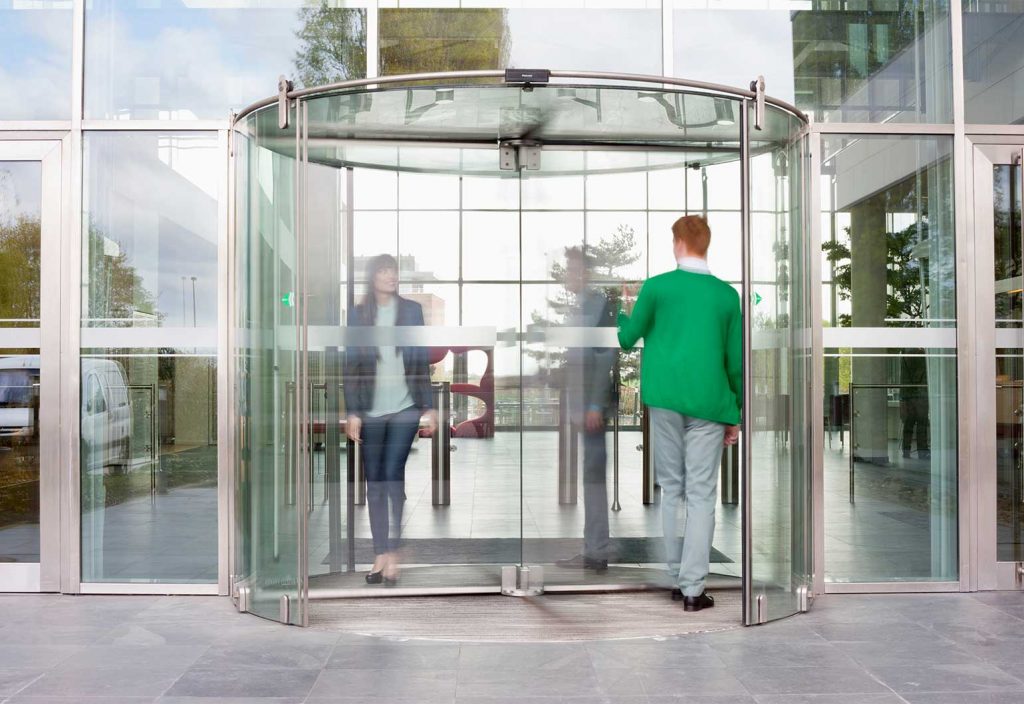As lockdowns begin to lift and Australians return to workplaces and schools, engineers are being called on to help improve the management of indoor air quality.
A new issues paper from Engineers Australia considers how professionals can improve engineering practice for management of indoor air quality in the built environment, especially in the context of COVID-19 and future pandemics.
It’s an important issue to tackle, with a Victorian Government audit leaked in June finding that almost 50 per cent of hospital isolation rooms in the state failed to meet ventilation guidelines. And when Victoria’s Chief Health Officer Brett Sutton was asked in August whether ventilation needed improvement, he said there was “a huge bit of work to do”.
“The reality is there are tens of thousands, hundreds of thousands, of indoor settings that need infrastructural change in order to be well ventilated,” Sutton said. “That can’t happen overnight.”
In New South Wales, schools have been informed windows should be open whenever possible to help prevent the spread, while air purifiers are being rolled out across Victoria to keep students safe when they return for Term 4.
Engineers Australia Fellow and Chartered engineer Astrid Kauffman FIEAust CPEng NER, lead author of the paper, said two important issues for engineers have come out of COVID-19.
“When it comes to the specific scenario at hand, we looked at opportunities for Engineers Australia to take a leadership role in bringing together a range of professions in order to improve ventilation in multi-occupancy buildings,” she said.
“The second issue is broader: when you have a situation like this, underlying vulnerabilities relating to the effectiveness and sustainability of regulation and standards are exposed.”
The paper has been designed to elicit feedback that will inform decisions by Engineers Australia on its potential role in improving engineering practice around indoor air quality. It will be circulated to members for comment.
Kauffman said that COVID-19 had presented many learning opportunities.
“We’ve been looking at how buildings perform during this particular type of crisis, but also how the underlying professional infrastructure is able to respond to an emerging threat,” she said.
Kauffman found that some asset owners have seen Australian standards as sufficient for controlling COVID-19, however these are not really designed for a pandemic.
“Standards for engineers are the place where we codify our knowledge about practice and what makes a good engineering solution to a problem,” she said. “Indoor air quality has been lurking for a while as something we need to be more explicit about in those standards.”
Future proofing
Contributor to the paper Kate Cole, President Elect of the Australian Institute of Occupational Hygienists and member of OzSAGE, told create that throughout the pandemic we’ve seen the importance of applying the knowledge and skills of engineers and occupational hygienists in reducing infection risk.
“It took time for COVID-19 to be officially recognised as an ‘airborne’ disease, which meant that there was also a delay in focusing on safe indoor air,” she said.
“Buildings are high risk locations for disease spread if they don’t have good ventilation. Many people assume that complying with the standard building codes is sufficient to prevent infection, but in reality, many modifications are typically needed to lower the risk.”
Cole agreed that thinking about how to manage COVID-19 and future pandemic events is critical.
“We need clear and actionable standards that future proof our buildings for the long term,” she said. “While many modifications are needed in the short-term, the best solutions, of course, start at time of design.”
The working paper found that we’re likely to see an increase in the likelihood of epidemics, as evidenced in the past two decades, which have included SARS, H1N1 influenza, and MERS.
When updating standards and practices, Kauffman said the cost-benefit effects of the increased risk needs to be considered.
“Now is the time to capture data about what happens when you have cases in a building. Do you have a super spreader event, do you have no spread at all? How was the building’s ventilation system functioning, and what can we learn about improving design and construction for future builds?” she said.
“Equally, how can we retrofit existing buildings to deliver good indoor air quality or respond effectively to a threat like an airborne pandemic?”
Initial recommendations
Kauffman said the conversation around indoor air quality must be collaborative, noting that there is currently no one forum for experts practicing in the space to come together, share learnings and observations, and to ask questions.
“We also need to understand what the industry is doing in terms of new technology offerings, reviewing standards, and researching the critical issues,” she said.
“One of the interesting roles for Engineers Australia is providing a space for this broad range of practitioners to engage in these conversations.”
To that end, in the course of the problem and opportunity analysis, the issues paper has identified four recommendations:
- Collect case studies and data on exposure events where ventilation is a factor, and develop advice about what can be learned about the design of buildings from these case studies.
- Provide leadership to bring together relevant professionals and trades in order to share lessons and discuss challenges.
- Engineers Australia can lead knowledge and information sharing on controlling COVID through ventilation for stakeholders and the community.
- It can also actively advocate for changes to regulation and standards on ventilation in buildings.
Read the full issues paper here. The paper is open for comment until 16 November and Engineers Australia encourages members to get involved.
